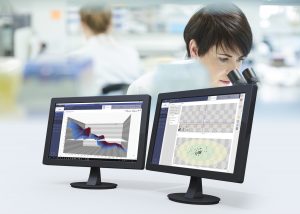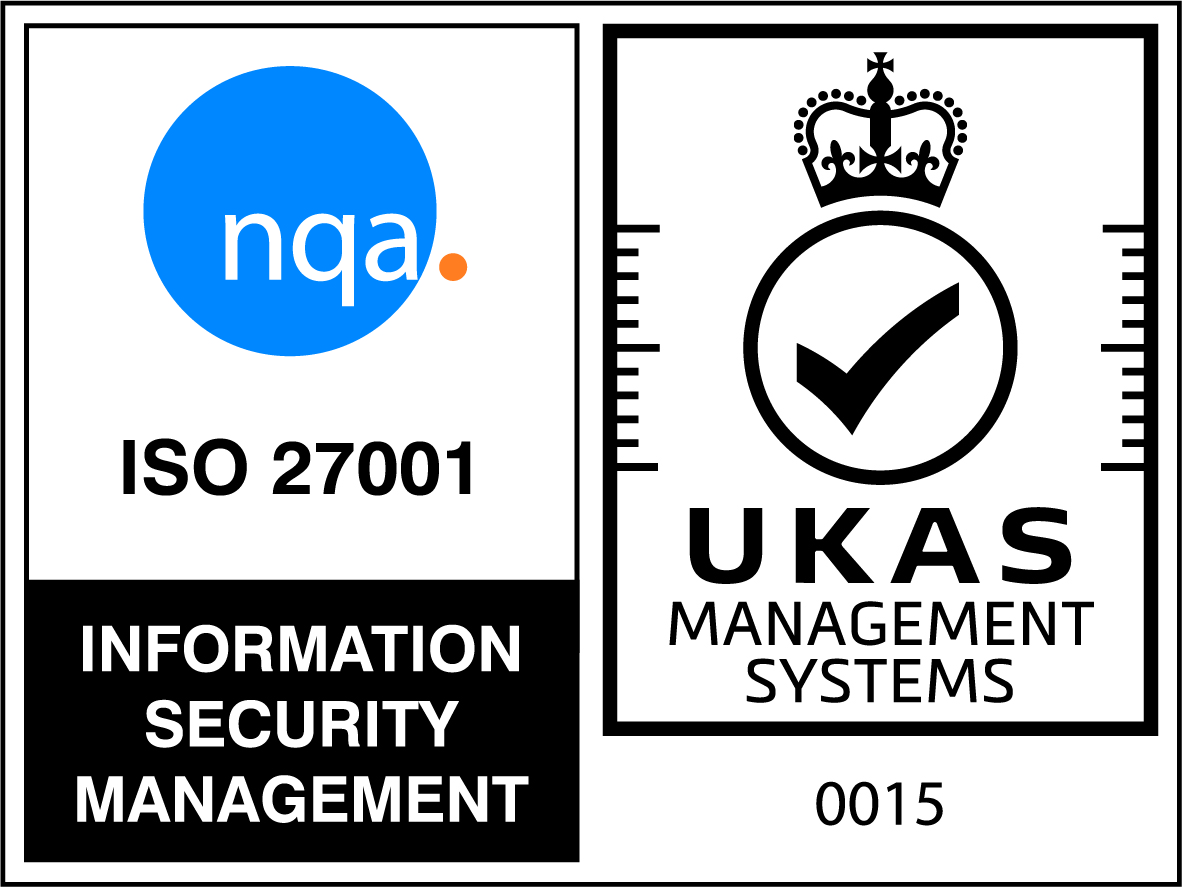
PAT puts tablet manufacturers on solid ground
 Oral solid dosage (OSD) is still the most popular form of drug administration, and as a result, OSD manufacturers are required to meet high demand. To stay ahead of the competition, they need to produce tablets, capsules and sachets on a large scale and in a cost-effective manner – whilst maintaining consistently high product quality standards. A key solution to address these challenges lies in data-driven process analytical technologies (PAT).
Oral solid dosage (OSD) is still the most popular form of drug administration, and as a result, OSD manufacturers are required to meet high demand. To stay ahead of the competition, they need to produce tablets, capsules and sachets on a large scale and in a cost-effective manner – whilst maintaining consistently high product quality standards. A key solution to address these challenges lies in data-driven process analytical technologies (PAT).
Martin Gadsby, Director at Optimal Industrial Technologies, looks at how PAT allows OSD manufacturers to compete and thrive in a challenging market.
When producing drugs, it is vital to ensure that they will be therapeutically effective. In OSD, the efficacy is defined by the absolute correctness of the drug substance itself as well as factors such as product stability and drug absorption. These characteristics are shaped by the physical, chemical, and biopharmaceutical properties of the active pharmaceutical ingredients and excipients, as well as the design and production of the specific dosage form.
Therefore, pharmaceutical industries need to be able to govern their product development and production processes with extreme precision and accuracy in order to ensure that all these parameters are within specifications. Sophisticated production requirements and quality standards are even more critical for increasingly common high-potency OSD drugs, where small deviations can lead to severely altered products.
In practice, OSD makers need to be able to proactively handle and minimise the impact of any process fluctuations and variabilities on the final drug product quality. This should take place across the entire manufacturing process, from raw materials to intermediates and end products. Consequently, testing should be performed at multiple stages of OSD production, e.g. material input, blending, granulation, roller compaction, milling, compression and coating.
Due to the numerous processes involved, off-line analysis greatly extends cycle times and work-in-progress, as production needs to stop to collect samples and check if critical quality attributes (CQAs) are within specifications. Furthermore, this Quality by Testing (QbT) approach cannot fully guarantee consistent product quality.
The only way to address these issues is by adopting a Quality by Design (QbD) methodology, supported by PAT. In this way, product quality and CQAs are verified live and in-line.
Fundamental to PAT is a scientific approach which leads to process understanding, closed loop quality-based control and, in turn, continuous process improvement. As a result, OSD producers can adjust critical process parameters (CPPs) at any point on the manufacturing line in order to affect the drug’s CQAs and obtain high-quality outputs. Even more, it is possible to replace inefficient end product testing with real time release testing (RTRT).
More precisely, univariate and multi-variate instruments within the PAT framework can monitor many CQAs, including but not limited to particle size, morphology, assay, coating thickness and even predictive dissolution. If any of those parameters need to be modified, it is possible to do so on-the-fly by controlling relevant in-process CPPs, thus ensuring a consistent, high quality product.
Batch to the future
As a result, PAT not only empowers OSD manufacturers to ensure consistent product quality, slash cycle times and time to market by enabling just-in-time manufacturing. It also allows them to secure substantial savings by lowering volumes of waste and off-spec material that is traditionally detected too late in the process by QbT techniques; thereby reducing energy consumption, increasing equipment output and productivity, and lowering quality testing-related costs.
Based on the advantages described above, PAT-led manufacturing can deliver significant benefits to traditional batch processing. However, it is with continuous processing that PAT delivers the optimal benefits. In fact, thanks to in-line real time quality testing capabilities, PAT is the key technology driving the shift towards continuous manufacturing. By doing so, manufacturing time from raw materials input to finished goods output can be dramatically reduced from weeks down to hours. Hence, with this technology OSD manufacturers can reduce production times and costs even further whilst further improving the consistency of product quality.
Keep everything organised
To succeed in PAT enabled QbD, organisation and commitment is a must. In practice, large volumes of data are being generated to monitor the different CQAs and CPPs during the various manufacturing processes for any batch or lot. Therefore, OSD makers need an efficient tool to process and store information as well as turn this into knowledge – leading to clear, actionable insights.
This kind of service is offered by a PAT knowledge manager. This is a centralised or distributed software platform that acts as a process orchestrator by capturing analytical and process measurements, hosting and executing multivariate quality prediction models in real time and providing live feedback to process control equipment.
One of the most advanced PAT knowledge management platforms on the market is Optimal’s synTQ, which can provide all the tools to characterise OSD products and processes, even during early R&D stages. The success of synTQ has been proven worldwide, with some users reporting how production cycle times have been reduced from weeks to hours whilst improving quality and consistency. This is one of the main reasons why the software is currently used by over half of the top ten global pharmaceutical manufacturing companies.
As demand and competition in OSD manufacturing increase, QbD and PAT will replace QbT by offering a more accurate, flexible and sustainable system. PAT knowledge management software products like synTQ, are the key to successfully implementing these strategies and driving efficiency into OSD production.



